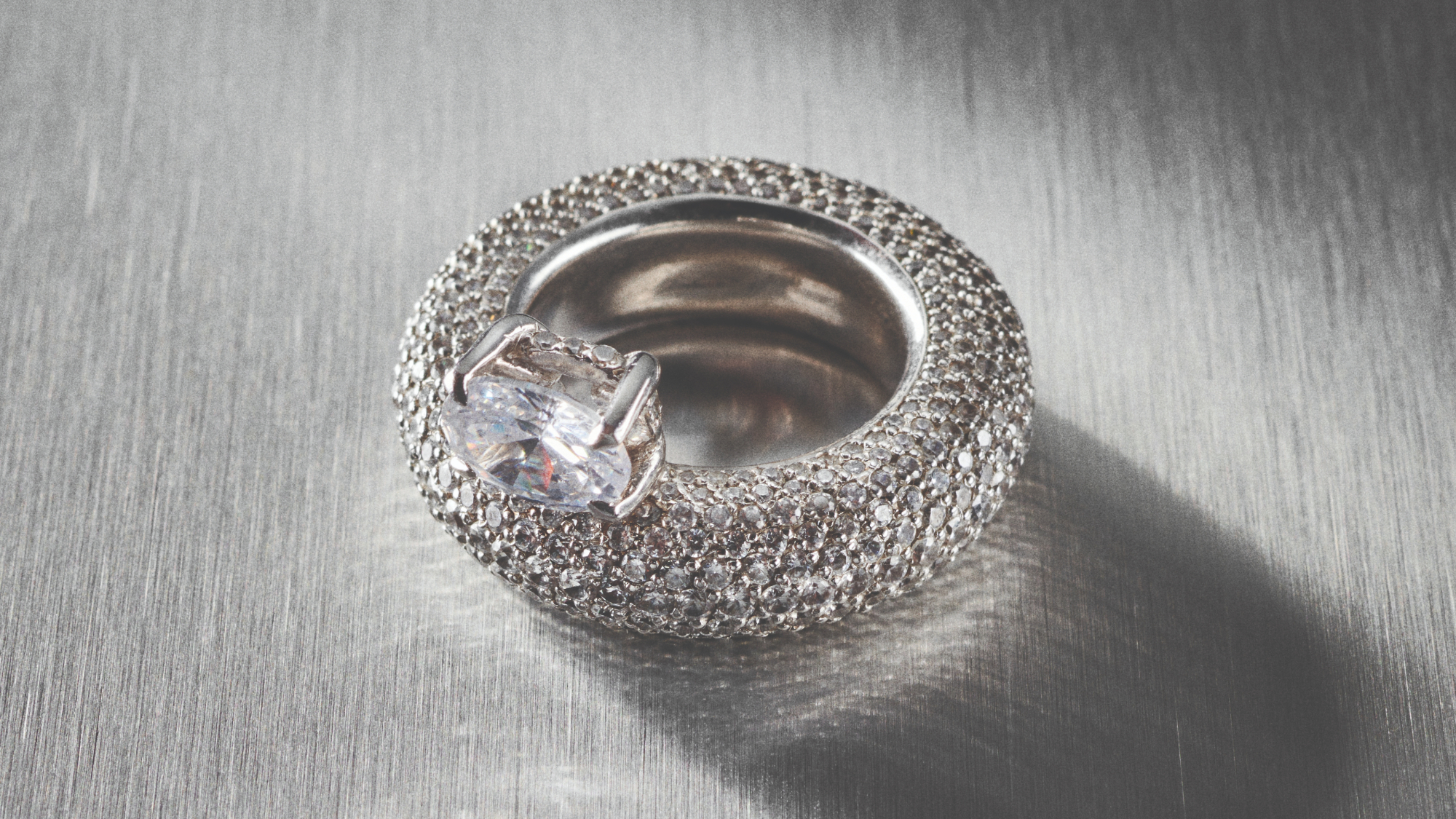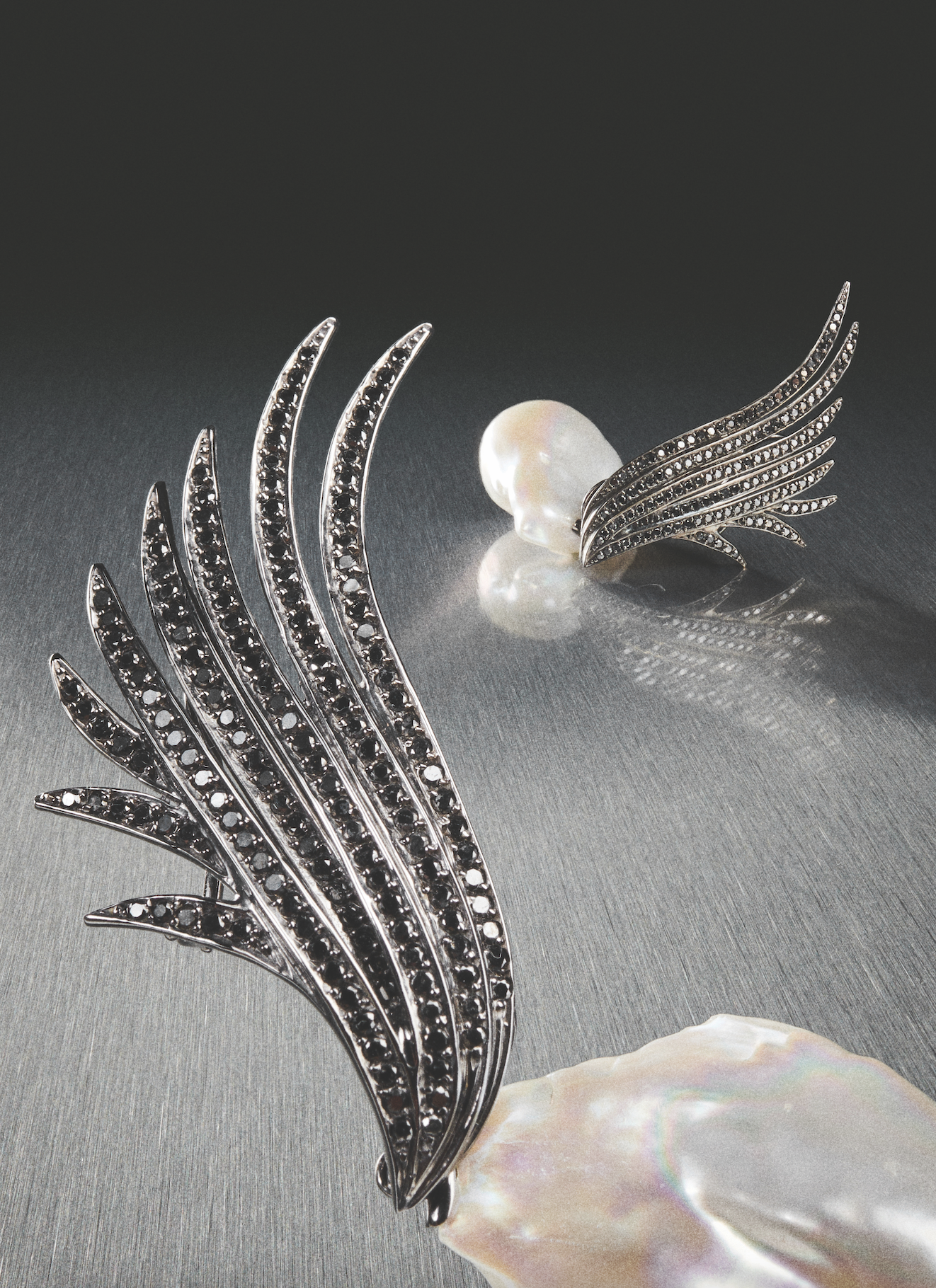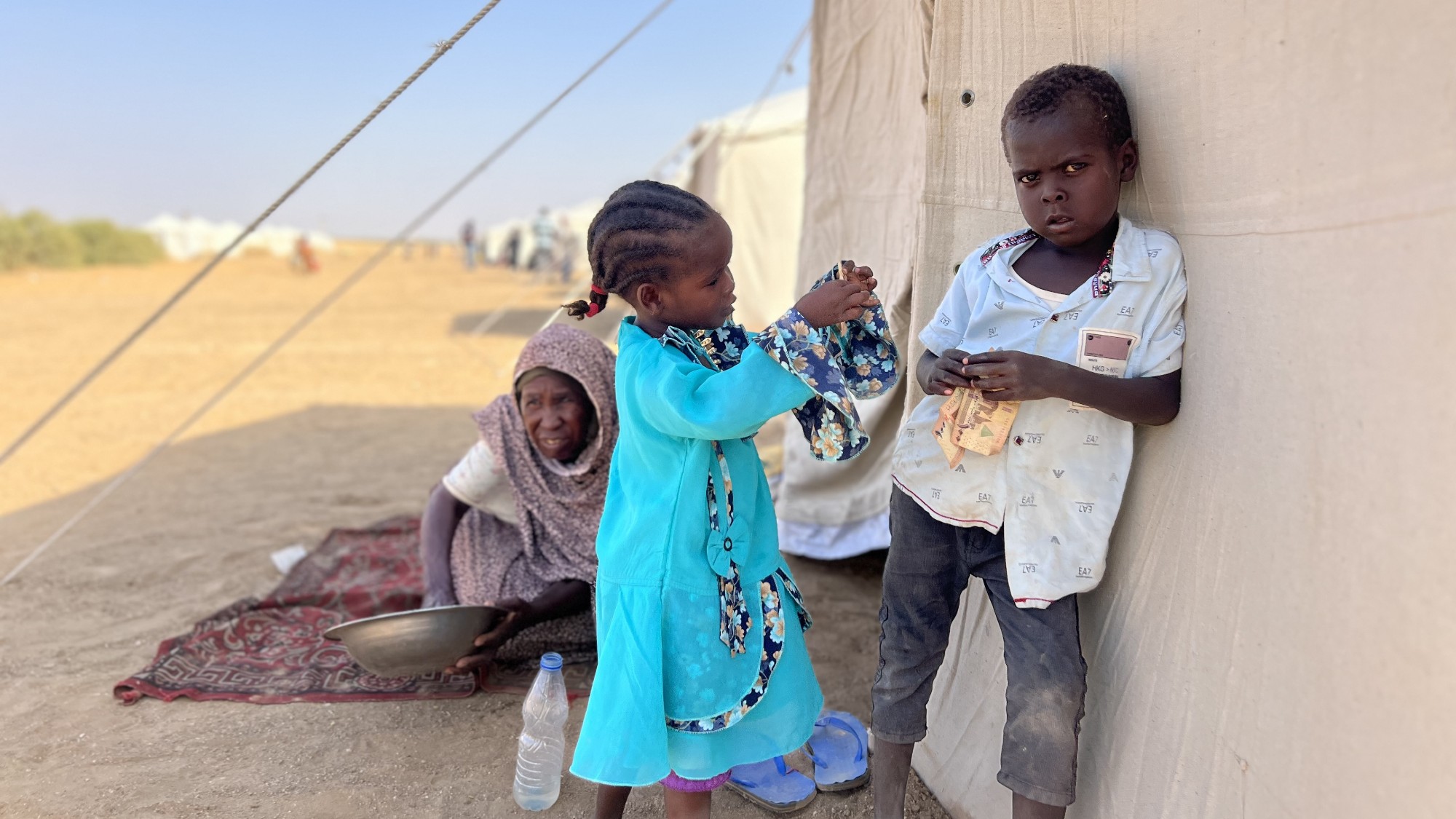Ana Khouri's jewellery
A background in sculpture informs both Ana Khouri's creative process and the sensory appeal of her sought-after pieces

Ana Khouri's jewellery sells fast. Such is the demand for the Brazilian artist-jeweller's designs (output rarely exceeds 45 pieces a year) that securing examples of her work for a photo shoot can become a game of cat and mouse. In the case of The Blend, a Justine high jewellery bracelet in yellow gold with a 26ct blue tourmaline set on clear, carved rock crystal is no longer available, so is swapped out for a pair of Baroque pearl earrings fitted with wings dotted with black diamonds.
Displayed on a dining table at her central London apartment are the few remaining jewels that Khouri unveiled last summer, at a solo show mounted with auction house Christie's. She has previously partnered with Phillips, Sotheby's and the TEFAF art fair in New York. Edition pieces – Ana Khouri gems of which multiples exist, as opposed to one-off high jewellery – are also available from The Row's small network of boutiques.
Since Khouri officially launched her business with the opening of her atelier in 2013, she has become known for jewellery that sits somewhere between sculpture and bijou. It's an approach that is rooted in Khouri's background. The daughter of an engineer father and a pianist mother, she was born in Brazil and grew up between there and the US. "It was a very sensorial upbringing, in a way," Khouri recalls. "There was a lot of feeling with your hands, and something very connected to the arts."
The Week
Escape your echo chamber. Get the facts behind the news, plus analysis from multiple perspectives.

Sign up for The Week's Free Newsletters
From our morning news briefing to a weekly Good News Newsletter, get the best of The Week delivered directly to your inbox.
From our morning news briefing to a weekly Good News Newsletter, get the best of The Week delivered directly to your inbox.
Khouri moved back to Brazil to enrol at art school, where she discovered her talent for sculpture. "There was something about the shapes and forms that I needed to create." For her graduation show, Khouri choreographed a group of naked women carrying her steel sculptures. "It was this idea of the warmth of the skin and the coldness of the steel and how the material adapts to the body." She received requests for scaled-down pieces that could be worn easily soon after. "I was like, 'No, that's not what I do,' because in art, you don't think about functionality."
"To get the idea of the shape and form I want to work with, I don't sketch, I don't draw. I sculpt. I need to feel it"
Ana Khoury

Baroque pearl, black diamond and 18k Fairmined gold Wing earrings, approximately £19,200, by Ana Khouri
Her sculpture practice morphed into a jewellery business over time, nevertheless. "For me, to get the idea of the shape and form I want to work with, I don't sketch, I don't draw. I sculpt," says Khouri, who starts each piece at her studio in Brooklyn. "Then I put everything on. I need to feel it." Jewellery is then made in workshops in New York, Paris and Zurich. Comfort of wear is key to Khouri's success.
A case in point are her much-loved ear cuffs, which encircle earlobes neatly. Khouri uses Fairmined gold only, in addition to platinum and other ethically and responsibly sourced raw materials. "I want to show you something," she says. "Rosewood. This is something that I was very passionate about." She first discovered the material because it was used in the Brazilian furniture she collects. "I was like, 'This feels like butter. I want this in my jewellery.'"
Realising that rosewood is protected, Khouri decided to carve designs from an antique rosewood trunk, producing a minaudière handbag and one-off jewels. "I did a necklace, I did some other things." Naturally, they are all gone.
A free daily email with the biggest news stories of the day – and the best features from TheWeek.com
-
 A ‘golden age’ of nuclear power
A ‘golden age’ of nuclear powerThe Explainer The government is promising to ‘fire up nuclear power’. Why, and how?
-
 Massacre in Darfur: the world looked the other way
Massacre in Darfur: the world looked the other wayTalking Point Atrocities in El Fasher follow decades of repression of Sudan’s black African population
-
 Trump’s trade war: has China won?
Trump’s trade war: has China won?Talking Point US president wanted to punish Beijing, but the Asian superpower now holds the whip hand